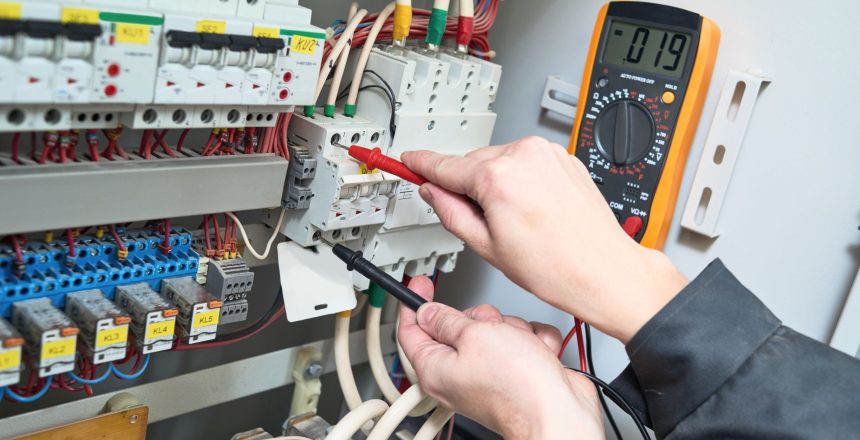By Andy Linley, Compliance Director
This week I worked with a site engineer in isolating a supply to a section board. All went well with identifying the place of work and the point of isolation, along with obtaining permission to isolate.
My concern was first aroused when the point of isolation turned out to be an air circuit breaker, which under many company safety rules falls under the control of an Authorised Person, although not at this particular site. I was assured by the site engineer that he knew what he was doing, which I took to mean that he had been trained in the correct operation of the circuit breaker and how to isolate it safely. The ‘off’ button was pressed, and a reassuring clunk was heard, although I am yet to be convinced that the circuit had been relieved of any load current prior to switching. …… And that was it, on to the point of work where I am convinced the only proving dead that would have taken place would be a quick touch of the copper supply terminals with the back of the site engineers’ hand.
The time had come, and I needed to intervene, diplomatically of course, but ensuring that my message of electrical safety was getting through.
HSE document HSG 85 offers great advice on working on systems that are both live and dead, hopefully dead on this occasion. When operating switchgear such as air circuit breakers it is important to remember that safe isolation consists of two distinct operations, opening the circuit breaker and isolating the circuit breaker. This involves using the winding mechanism (a weird-looking folding bar hidden in the breaker) to wind the circuit breaker out to the test position and then out to the isolated position. Securing the breaker in that position, with a personal safety lock and a caution notice attached should have been second nature, as should have identifying any adjacent machinery and electrical services that could still be live and guarding against any risk. Assuming that the equipment to be worked was still live should also have been the order of the day, with caution being exercised and suitable precautions are taken. The use of an approved voltage indicator, visually inspected and proven on a known live supply both before and after use should also have been natural instincts and tests between live conductors and also between live conductors and earth should have been carried out diligently.
There is so much more that could be added, such as properly planning the work (I love a good switching schedule and isolation / earthing diagram), as well as a positive identification that the point of isolation did indeed supply the point of work: but if we cannot get the basics of safe isolation right, what chance do we have of getting the finer detail right?
All too often we assume that the training that we have received at college, in a domestic environment, will see us safe in commercial and industrial applications- nothing could be further from the truth. Competence requires persons to have the knowledge and the experience to work safely, all-too-often we forget that this extends to the type of equipment that we are working on and the system to which it is connected.




